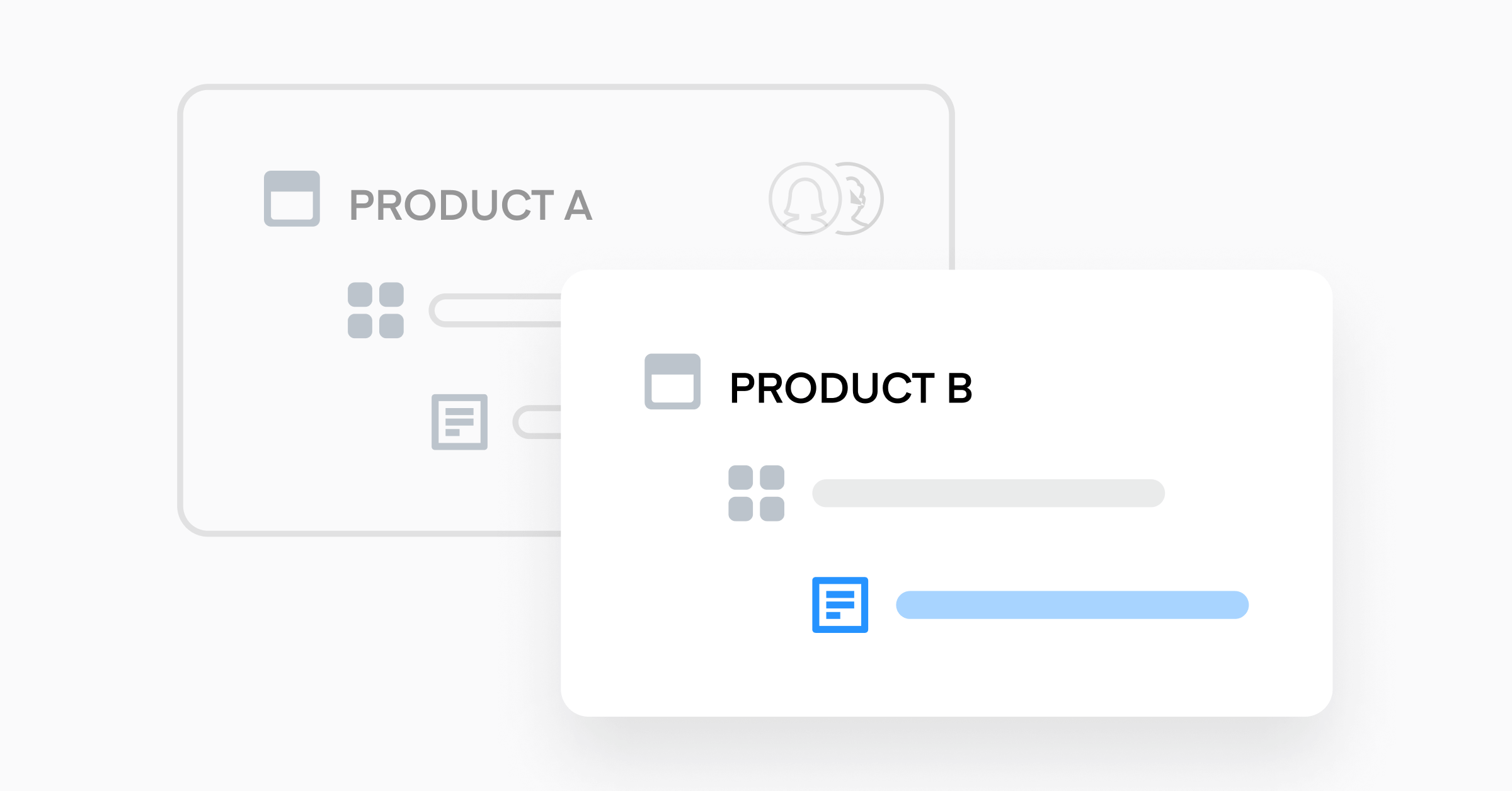Why product managers must be strategic about chasing new trends

Written by Daniel Elizalde, IoT Product Management Coach & Advisor, for our ebook, “The Path to Product Excellence: Stories and Advice From the Field”.
As product managers, we find ourselves in eternal conflict trying to balance the needs of our customers today, while keeping an eye on the future to stay competitive and avoid becoming obsolete. It is a tough balance, but that’s what is required to achieve Product Excellence.
We live in a time where technological wonders abound, and there is always a newer technology just around the corner. Alluring new trends like artificial intelligence, blockchain, and the Internet of Things (IoT) promise to be the solutions to all of our problems.
So how should product teams approach this paradox of looking to the future while still focusing on launching robust products today?
In this era of rapidly evolving trends, companies need a strategy for how to analyze them and how to decide when—if ever—they should be embraced. A successful strategy for evaluating technology trends includes the following:
Focus on value
Customers don’t care about the latest technology trends.
It is important to recognize that technology trends by themselves don’t add any value. Customers are not interested in simply buying technology. Instead, they are looking for a solution to a problem, regardless of how that solution is implemented.
“Customers are not interested in simply buying technology. Instead, they are looking for a solution to a problem, regardless of how that solution is implemented.”
Technology trends such as AI, blockchain, or the Internet of Things, don’t provide value on their own. They are only a tool that can help us find a better, cheaper, faster solution to the problems our customers are facing. The key is to understand the core value of the new technology trend and determine if it can help us provide a better solution for our customers.
For example, let’s say your product targets transportation companies, and you’ve identified that their most significant pain is the high cost of fuel. How can you leverage IoT or AI to provide a better solution? At its core, IoT enables you to add sensors to collect data around your customer’s environment. If you had that data, what additional value could you provide? Artificial intelligence, at its core, consists of analyzing large amounts of data to find patterns and anomalies or to predict behavior. If you had access to that analysis, how could you improve your product?
Notice how your product is not more valuable just because it uses IoT, AI, or whatever technology trend you are evaluating. It only becomes more valuable when the technology becomes a tool to implement a more innovative solution and solve your customer’s pains.
Is your company ready to adopt this trend?
Identifying that a specific trend can propel your product forward does not yet justify action. Your company must also be equipped to carry the product through its complete lifecycle.
If your company has a software background, they might not be prepared to roll out IoT solutions that require hardware, field services, networking, etc. It is our responsibility as product leaders to stretch the capabilities of our organization, but only to the extent that it makes sense. We are aiming to set our company up for success.
Is the technology trend ready to be productized?
The final step of the strategy is to determine whether the particular trend is ready to be deployed at scale. This is where product
leaders need to create clear boundaries between the technology we can immediately adopt for current products, the feasibility of implementing other technology trends, and the research efforts we can sponsor that will help propel future growth. For example,
blockchain might have a lot of promise in the future, but it might not be ready for you to include in your next release today.
Launching successful products requires a delicate balance between understanding our customer’s needs, the capabilities of our company, and state-of-the-art technology. If we jump too soon on any trend, we risk an accelerated failure. If we wait too long, we might see the competition pass us by at lightning speed.




